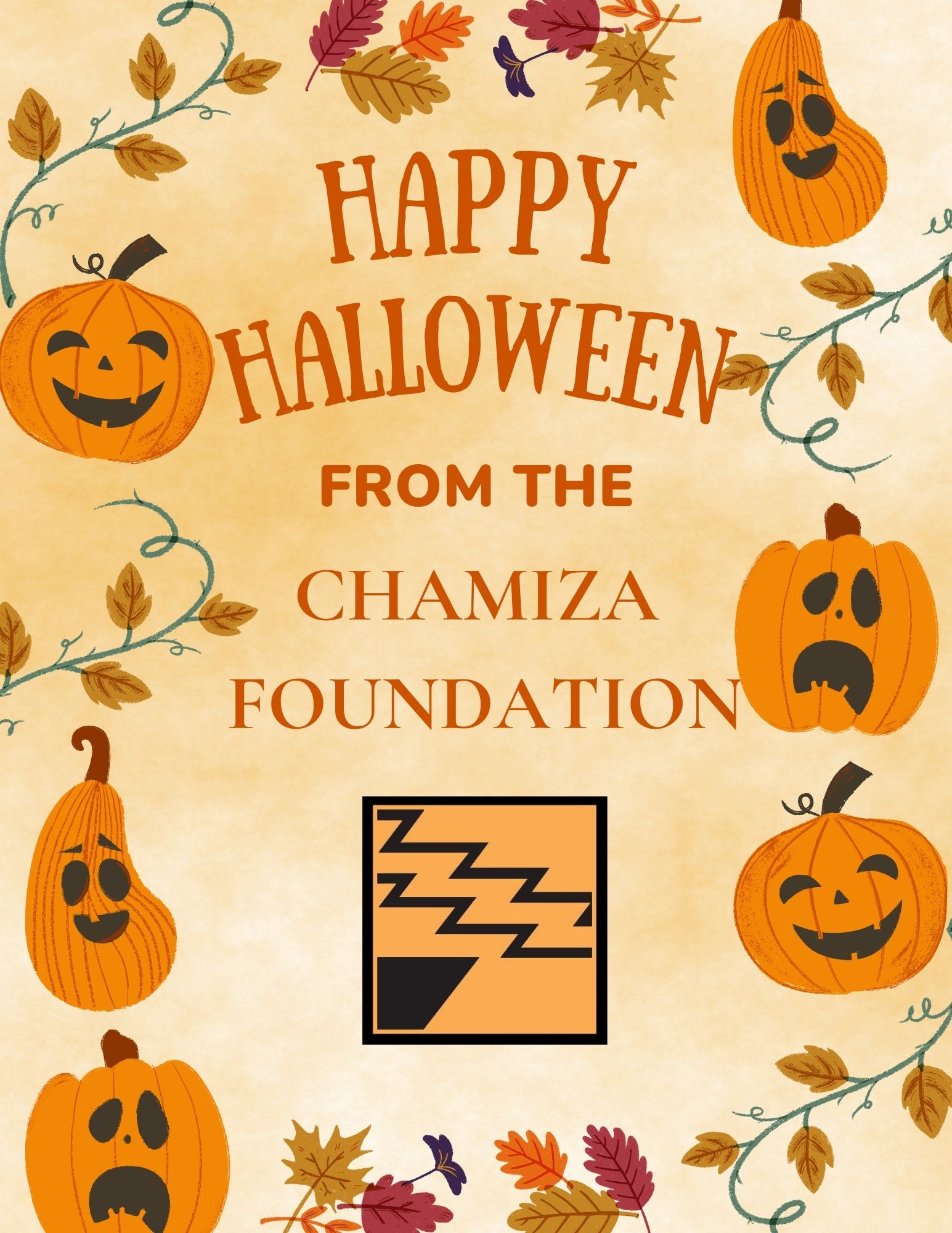MESSAGE FROM THE EXECUTIVE DIRECTOR
Greetings everyone! I hope that this message finds you, your family and community in the best of health. Here at the Chamiza Foundation, we have been busy! We just wrapped up our Grant Writing Workshop last week. We had attendees from several pueblos, and we had an extremely knowledgeable presenter from the Grant Plant!
I wanted to take this opportunity to give you a heads-up on our application deadlines for 2024. We will begin accepting applications on January 12, 2024, for our first round of funding. The application deadline is February 9, 2024. Additionally, we will begin accepting applications on April 12, 2024, for round two. The application deadline is May 10, 2024, for our second and final round of funding. The Board will meet on March 8, 2024, to make grant awards for the February 9, 2024 deadline. The board will meet on June 7, 2024, for the May 10, 2024, deadline. Please note, if you need funding for the Summer of 2024, we recommend that you apply for the first round of funding. We will be accepting applications that focus on our traditional priority areas: language preservation, traditional architecture, sustainable agriculture, traditional arts and crafts, tribal and ancestral history; oral histories and storytelling, youth education and leadership, and intercultural exchange and education. Please contact me if you have any questions.
There are three ways that you can apply 1) You can complete your application online through our website, 2) You can email your application to apply@chamiza.org, or 3) You can send your completed application directly to me at executivedirector@chamiza.org . Please remember that I am available if you want to talk about a project idea/concept. I can also review your application before the deadline to ensure that you have included all the required information.
With that, wishing you all a Happy Halloween and Happy All Souls Day! Take care and be safe.
Sincerely,
Dr. Amanda J. Montoya

Below you will find information on a project that the Chamiza Foundation provided funding for in June 2022. The project took place between September 1, 2022, through June 1, 2023.
TREES, WATER & PEOPLE
Revitalizing Kewa Pueblo Agroforestry Zones
By
James Calabaza and Helen Goody
Since time immemorial, the people from Santo Domingo (Kewa) Pueblo have been agronomists and stewards living and farming on the banks of the Rio Grande River. Their expertise in soil health, crop production, and native fruit trees management have provided the community with a rich history of co-existence with the land. However, over the last few decades, due to drought and shifting climate, the Pueblo’s farming and collection of local, native fruits has been decreasing, creating more challenges for the preservation of local food groups. Local elders and stewards have recognized the importance of restoring traditional fruit trees such as native plums, peaches, cherries, apricots and berries back into community areas for long-term harvesting.
Since 2019, Trees, Water & People (TWP) has been privileged to engage with the Santo Domingo Pueblo Natural Resources Department (NRD) in landscape-scale, culturally appropriate projects that aim to preserve the land and cultural lifeways of the people. As drought conditions and environmental climatic events become more persistent, our collaboration focuses on generating creative solutions by reintroducing important native fruit trees back into the landscape. This community-based effort will center the preservation of both the ecological ecosystems and rich cultural heritage of Santo Domingo Pueblo.
During the project timeframe, we were able to plant 200 trees, sourced from the Santa Ana Native Plant Nursery, back into the bosque and community areas of Santo Domingo Pueblo. During the planting efforts, we invited a fruit plant specialist from New Mexico State University extension to present on proper planting techniques and strategies that boost survival of the trees.
We hosted three educational workshops that focused on several topics such as: agroforestry 101, pruning and grating, care and maintenance of trees, and the transferring of local knowledge and languages between generations of Pueblo community members. We used the site visits to invite local elders and community members to join us and learn more about the historical and ecological importance that fruit trees play in the culture and ecosystems.
A big highlight from the project was the elder to youth engagement. During the second and third workshops, we allocated time for these two age groups to work together on identifying ecological issues and identify fruit trees by naming them in both the Keres and English languages. This exercise allowed elders to share their wisdom and knowledge with the youth and even share stories of how they used the harvested fruits when they were kids.
The project overall had a total number of 68 participants attend the workshops and planting event. The age range for the participants was vast. The oldest participant was 80 years old and the youngest was nine years old. Our third workshop had a great turnout of youth as school was out for the summer. We engaged with the Kewa Youth Council to bring youth from the community to the workshop and paired them with community elders. As TWP and SDNRD move forward in these efforts, our goal is to continue hosting local workshops and provide more fruit trees to be planted back in community areas and within the bosque areas. We have already placed an order for another 100 trees with the Santa Ana Native Plant nursery to propagate and grow the trees, which will be planted in the spring of 2024. Throughout this project, our team has learned valuable lessons from community members of Santo Domingo Pueblo. Their deep connection to their lands and natural resources is vital to understand the complex ecological processes and how everything is interconnected.


